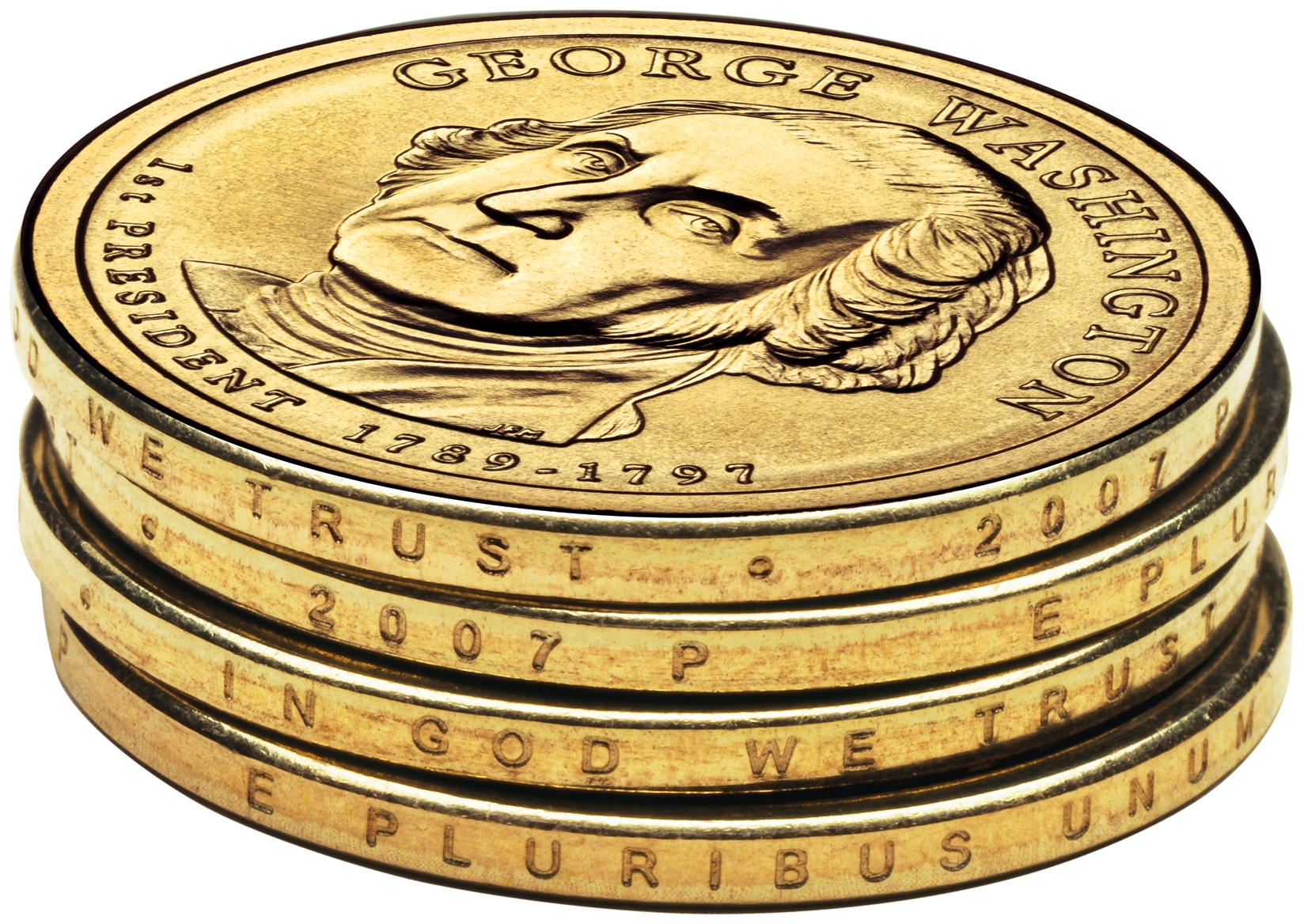
WASHINGTON (BP)–Presidential one dollar coins are the only U.S. coins currently being issued by the United States Mint that have the inscription “In God We Trust” along the edge, but public pressure soon may send the motto back to the front or back of the coins.
Legislation introduced by Sens. Sam Brownback, R.-Kan., and Robert Byrd, D.-W.Va., that would return “In God We Trust” to a more visible location is awaiting President Bush’s signature.
The Presidential $1 Coin Act of 2005 was meant to honor the nation’s presidents by issuing $1 circulating coins featuring their images in the order that they served. The first four honoring Presidents Washington, Adams, Jefferson and Madison were issued this year.
The coins feature what the mint calls edge-incused inscriptions — used in other countries — of the year of minting or issuance, “E Pluribus Unum,” “In God We Trust” and the mint mark. The size, weight and metal composition of the presidential coins is identical to that of the Sacagawea Golden Dollar. The 2005 congressional bill mandated the inscriptions be placed along the edge to allow “larger and more dramatic artwork” on the front and back. It was not a decision made by the mint.
But some coins made it through production without having the inscriptions stamped on the edge, and some experts say the wording on the coin’s edge could rub off over time. Others expressed concern that moving the “In God We Trust” motto to the side of the coins was the first step in removing it altogether.
“Since the colonial beginnings of the United States, citizens of this nation have officially acknowledged their dependence on God,” Brownback said in a news release Dec. 6. “It is important that our national motto, ‘In God We Trust,’ is prominently displayed on all of our currency. We should not relegate our heritage to the side.”
Brownback’s legislation is included in The Consolidated Appropriations Act of 2008, which is several hundred pages long. Section 623 specifies that the motto be moved from the edges of the presidential coins to the obverse (front) or reverse (back) of the coins. The move “shall be put into effect by the Secretary of the Treasury as soon as is practicable after the date of enactment of this Act.”
According to the Treasury Department, the motto was first placed on United States coins largely because of increased religious sentiment during the Civil War.
“Secretary of the Treasury Salmon P. Chase received many appeals from devout persons throughout the country, urging that the United States recognize the Deity on United States coins,” the department says on its website.
The first recorded appeal came in a letter to Secretary Chase dated Nov. 13, 1861 from M.R. Watkinson, a minister from Ridleyville, Pa., noting that recognition of “the Almighty God” had been “seriously overlooked” on the nation’s coins.
“You are probably a Christian,” Watkinson wrote. “What if our Republic were not shattered beyond reconstruction? Would not the antiquaries of succeeding centuries rightly reason from our past that we were a heathen nation?”
Watkinson suggested the words “God,” “liberty” and “law” be inscribed on the coins.
“This would relieve us from the ignominy of heathenism,” he wrote. “This would place us openly under the Divine protection we have personally claimed. From my hearth I have felt our national shame in disowning God as not the least of our present national disasters.”
Chase then instructed the director of the Philadelphia mint to prepare a motto. In a letter dated Nov. 20, 1861, Chase wrote, “No nation can be strong except in the strength of God, or safe except in His defense. The trust of our people in God should be declared on our national coins.
“You will cause a device to be prepared without unnecessary delay with a motto expressing in the fewest and tersest words possible this national recognition.”
In 1863, Chase approved the motto “In God We Trust,” and the motto first appeared on the two-cent coin in 1864.
In 2005, Michael Newdow, an atheist and lawyer from Sacramento, Calif., sued Congress and several federal officials because he said the motto’s presence on U.S. coins and currency violated his First Amendment rights. A federal judge in Sacramento ruled against him in 2006, the Associated Press reported, and Newdow appealed.
Newdow argued his case against the motto along with his case for removing the words “under God” from the Pledge of Allegiance before a three-judge panel of the 9th Circuit Court of Appeals Dec. 4, saying both references disrespect his religious beliefs.
–30–
Compiled by Erin Roach, Baptist Press staff writer.

















